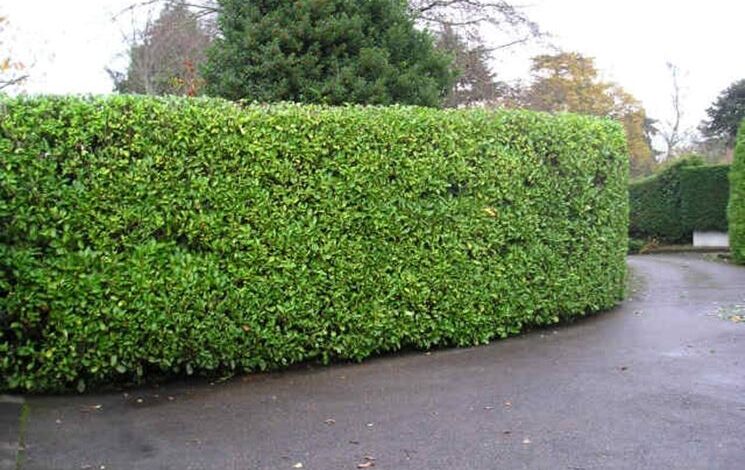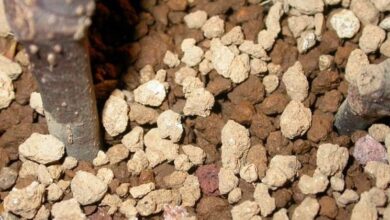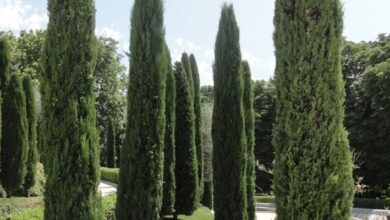Border hedges
Most of the hedges planted in Italy delimit the boundary of a garden; some are placed precisely to delineate the border itself, others lean against an existing fence, in masonry or in a metal grid. The purpose of the border hedges is first of all to maintain the privacy of those who live within the house they surround: thanks to a high hedge we will hardly be seen from the outside when we sunbathe, or when we have dinner near the barbecue with a group. of friends. Furthermore, the presence of tall shrubs makes it possible to muffle the noises that occur outside the ground, and also those that we create during leisure hours. Clearly a hedge is also a decorative element of the garden, especially when it is prepared with mixed shrubs, or with flowering plants. The dimensions of a border hedge can be various: if we do not need more privacy, it can be a low hedge, no higher than 40-70 cm; if instead we want to hide inside our garden, we can plant shrubs that exceed two meters in height.
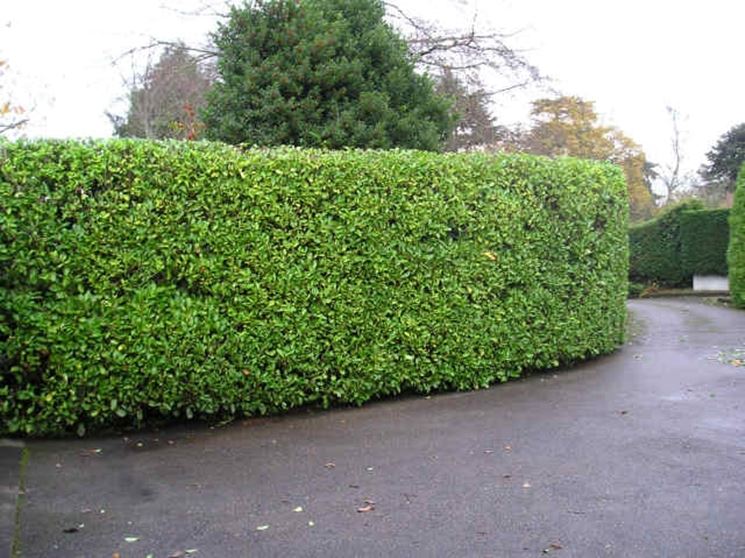
Place a border hedge
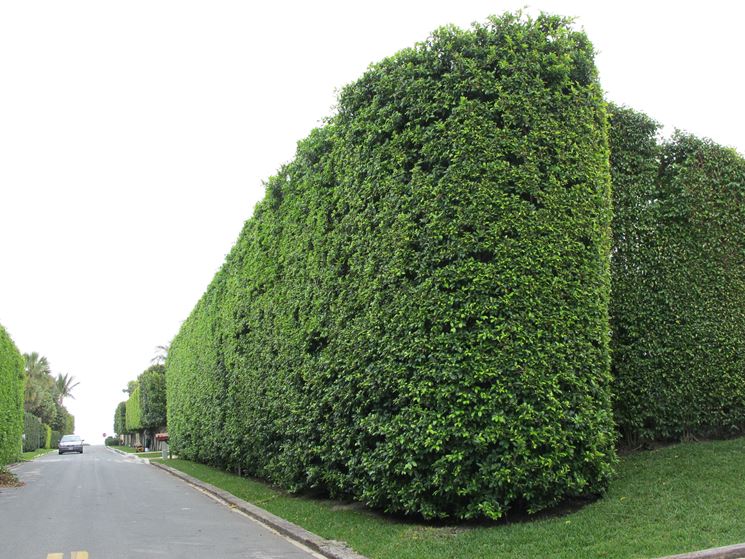
The border hedgesthey must be planted following the Italian laws, because they can easily overflow towards the external land, which is not our property. The public and private green areas are regulated by the civil code, although in many municipalities there are local regulations, linked to customs and traditions that are now inveterate in some areas of our country. Generally speaking, a shrub hedge must be positioned at least 50 cm from the boundary line; if not, the neighbor can force us to uproot the plants, or to prune them whenever he deems it necessary. Even the hedges placed on the road must be kept pruned, because the municipal police can force us to forced pruning, in case they believe that our hedge obstructs the passage on a sidewalk or in a parking area leaning against the house.
Plant a border hedge
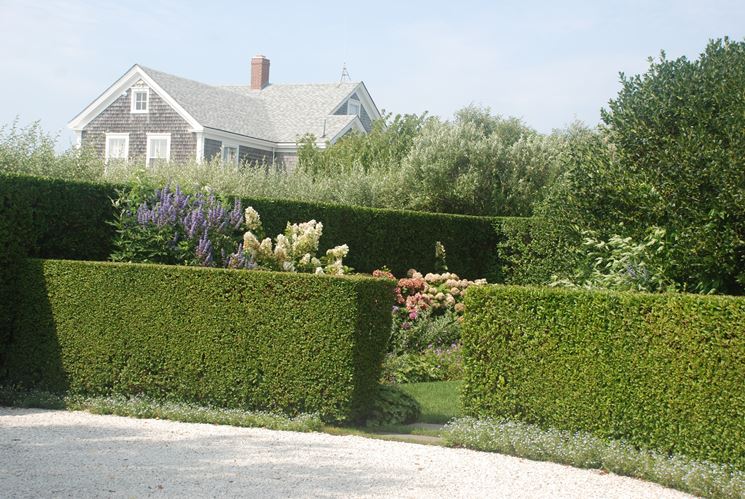
After purchasing the plants that will make it up, we are now preparing to plant them along the border. If there is no masonry structure, we will have to keep the planting holes at least 50 cm from the border with the neighboring gardens and the road: then we measure 50 cm at the two opposite ends of the area to be hedged, and plant two stakes in position; with a rope attached to the pegs we will have a dividing line at the correct distance from the border. We can now proceed to dig a trench, at least 30-40 cm deep, inside which we will place a little fresh soil and mature manure, which will favor the development of the plants; we work the soil in the holes well, in order to mix it with the soil improver. Then we place the plants, at the same depth at which they were in the nursery, and at a distance of at least 50 cm, in the case of medium-sized plants, such as viburnums, pittosporums or photinias. We press the soil at the base of the stems, with a foot or a shovel, and water well.
The choice of plants to be placed in a border hedge will condition the care that we will have to give to the structure: plants that develop a lot, or that tend to have a wild growth, will force us to prune regularly, several times a year; shrubs with an orderly and compact growth will allow us to prune a little less. If we wish, we can create a mixed border or an informal hedge on the border: the shrubs can develop in a rounded pattern, and pruning will be done only to remove any broken, damaged or weak branches. In the care of a hedge, pruning is the fundamental task of the gardener, because the shrubs will tend to grow, distorting the shape of the structure; Furthermore, placing many plants close together is not the ideal way to grow them: therefore we will have to regulate the interactions between the various shrubs, so that no one takes over the neighboring plants. Not all plants can be pruned in the same period, let’s ask when buying in the nursery.
